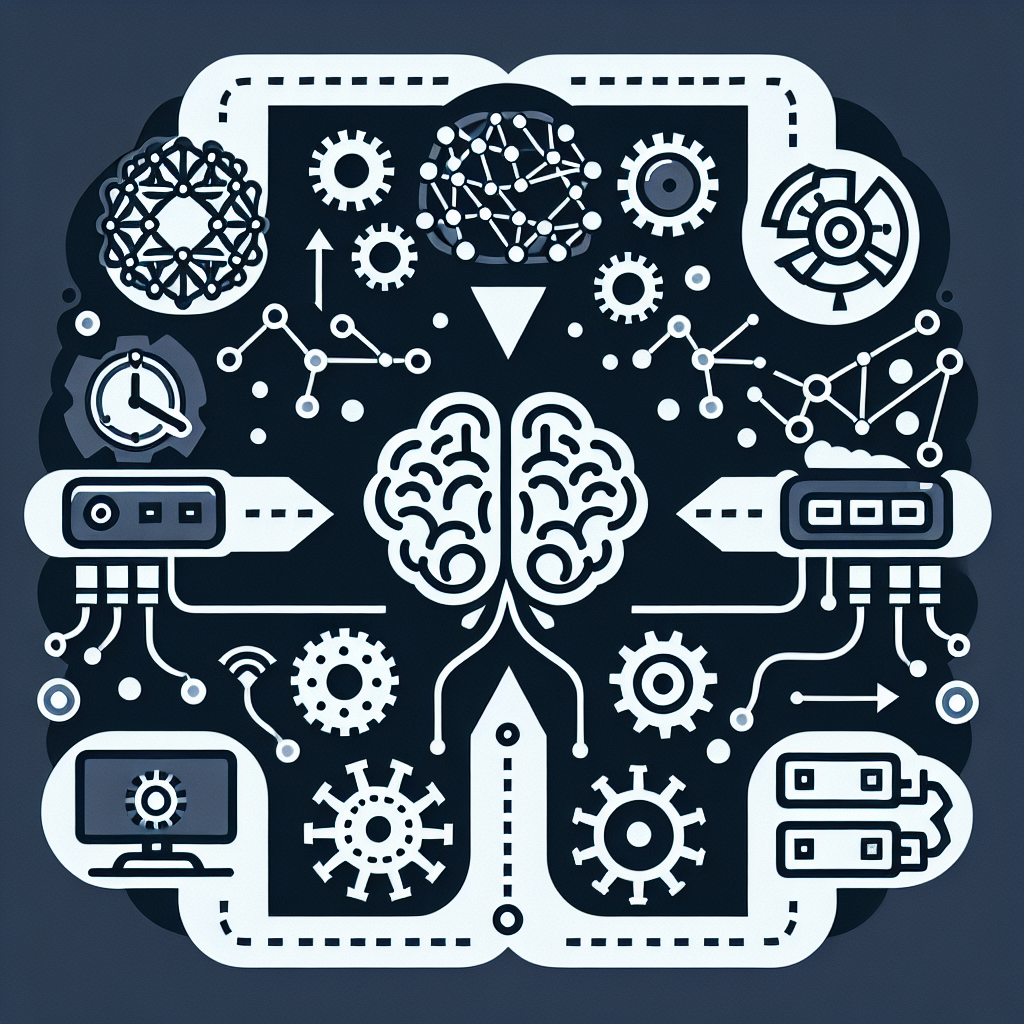Introduction
Artificial Intelligence (AI) and Machine Learning (ML) workloads are now ubiquitous in various industries, from healthcare to finance. As these workloads increase, it becomes imperative to optimize network adapters to ensure superior performance and reliability. This article delves into various strategies for optimizing network adapters for AI/ML workloads, offering insights into configuration settings, hardware upgrades, and software adjustments.
Key Factors for Optimizing Network Adapters
Before diving into the optimization techniques, it’s crucial to understand the key factors that influence the performance of network adapters in AI/ML workloads.
| Factor | Description |
|---|---|
| Bandwidth | Higher bandwidth allows faster data transfer between nodes |
| Latency | Lower latency ensures quicker response times |
| Hardware Acceleration | Specific hardware can speed up data processing |
| Driver and Firmware Updates | Keeping software up-to-date can improve performance |
Optimizing Network Bandwidth
Upgrade to High-Speed Ethernet
Using Gigabit or even 10 Gigabit Ethernet can significantly enhance data transfer speeds. Ensure that your network adapter supports these higher speeds and consider upgrading your entire network infrastructure if necessary.
Enable Jumbo Frames
Jumbo frames allow for larger data packets to be transmitted, reducing overhead and CPU usage. Make sure all devices on the network support jumbo frames to avoid compatibility issues.
Use Network Segmentation
Segmenting the network to separate AI/ML traffic from other types can help in reducing congestion. This can be achieved using VLANs (Virtual Local Area Networks).
Reducing Network Latency
Use Quality of Service (QoS)
Implementing QoS can prioritize AI/ML traffic over less critical network traffic, ensuring that delays are minimized.
Minimize Hops
Reducing the number of hops between nodes can result in lower latency. Wherever possible, connect nodes directly to decrease the number of intermediate devices.
Optimize Data Routing
Use intelligent routing protocols that can find the least congested and shortest path for data packets. This helps in reducing both latency and data loss.
Leveraging Hardware Acceleration
Network Processing Units (NPUs)
NPUs are designed to offload and accelerate networking tasks, freeing up the CPU for other processes. Consider investing in network adapters that come with built-in NPUs.
Field Programmable Gate Arrays (FPGAs)
FPGAs can be programmed for specific tasks and offer high-speed data processing capabilities. Adapters with integrated FPGAs can significantly boost performance in AI/ML environments.
Application-Specific Integrated Circuits (ASICs)
ASICs are another form of hardware acceleration, tailored for specific functions. Network adapters with ASICs can provide faster data processing tailored to your AI/ML workload requirements.
Driver and Firmware Updates
Regularly Update Drivers
Keeping network adapter drivers up-to-date ensures that you benefit from the latest optimizations and bug fixes provided by the manufacturer.
Firmware Upgrades
Just like drivers, regularly updating the firmware can improve performance and stability. Manufacturers often release firmware updates to address specific performance issues.
Compatibility Checks
Ensure that the drivers and firmware are compatible with your operating system and other hardware to avoid performance bottlenecks.
Optimizing Software Settings
Configure Receive Side Scaling (RSS)
RSS allows for the distribution of network processing across multiple processor cores, improving performance. This can be configured in the network adapter’s settings.
Adjust Interrupt Moderation
This setting can reduce the CPU load by limiting the number of interrupts per second. Find a balance that minimizes latency without overburdening the CPU.
Enable Large Send Offload (LSO)
LSO allows the network adapter to handle packet segmentation, reducing the workload on the CPU. Most modern adapters support this feature.
Conclusion
Optimizing a network adapter for AI/ML workloads involves a multi-faceted approach, encompassing hardware upgrades, software settings, and network configuration. By paying attention to bandwidth, latency, hardware acceleration, drivers, and software settings, you can significantly enhance the performance of your network infrastructure. Implement these strategies to ensure that your AI/ML workloads run efficiently and effectively.

